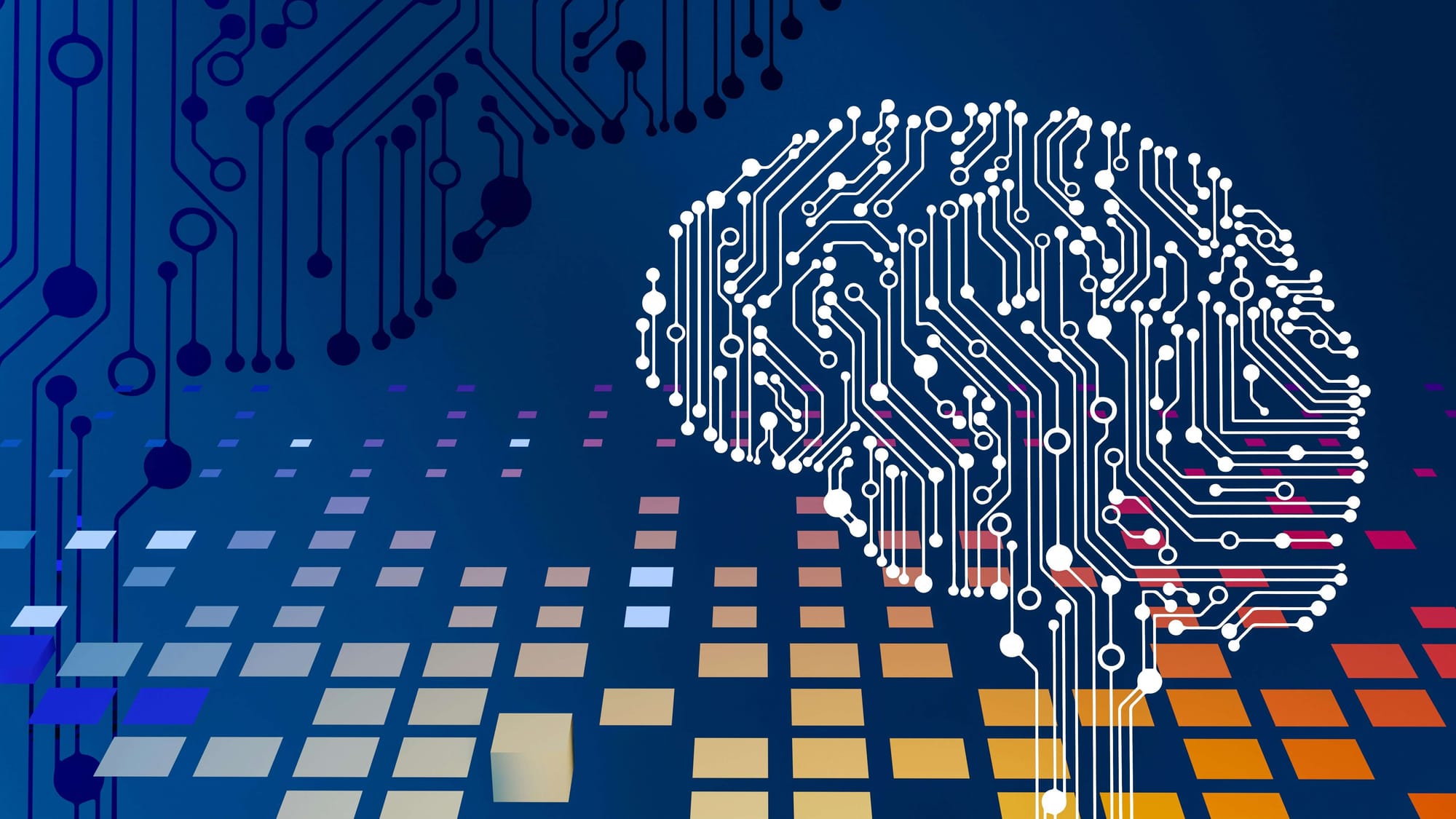Exploring the transformative power of AI has become essential for those of us looking to stay ahead in a rapidly evolving marketing environment.
I'm Katherine Lamb, a marketer with a rich background in leading global and regional teams across various sectors, including financial services and technology consulting. Throughout my career, I've been fascinated by the potential of digital transformation and how AI tools can be integrated into the marketing toolbox to revolutionize the way we engage with customers.
In this article, I’ll share insights into the impact of AI on jobs in marketing, delve into practical applications of AI across the marketing lifecycle, and offer guidance on how businesses can start integrating this powerful technology.
AI's presence and impact
Let's begin with what might seem obvious but is worth highlighting: AI is already deeply embedded in our daily lives, far more than we might realize.
It personalizes our social media feeds, recommends movies on Netflix, suggests products on Amazon, and secures our banking transactions against fraud. AI, particularly through machine learning models, is driving innovation across numerous industries, from healthcare to the development of electric vehicles.
However, the landscape of AI is continuously evolving, and one of the most significant advancements has been in the field of generative AI. Generative AI stands out due to its ability to process vast amounts of data and quickly generate outputs, whether in text, images, videos, or other media forms.
While many may have heard of ChatGPT, there exists a plethora of tools using generative AI for creating not just text but images, videos, music, and even robot actions. The implications for content creation are profound, signaling a transformative shift in how we approach marketing strategies.
Consultancy firms like Bain & Company have identified key areas where generative AI is making significant inroads. Notably, customer engagement and marketing content are two domains where its impact is most pronounced in the marketing sphere.
The ability of AI to provide fast, accurate, and friendly responses to customer inquiries offers the potential to enhance customer service significantly. Imagine a virtual assistant capable of comprehensively understanding every aspect of your product, policies, and customer history, thereby providing superior service than a human could, all while maintaining a brand-consistent tone.
This brings us to the anticipated major shifts in marketing driven by AI, with customer experience and content creation at the forefront. Early adopters in these areas are not only capturing attention but are also setting the stage for a revolution in how marketing functions operate.
Despite concerns over job displacement in fields like copywriting, I believe the future isn’t about replacing human creativity but augmenting it, enhancing our capabilities to deliver exceptional customer experiences and create content that resonates deeply with our audiences.
Rethinking search in the age of AI
One aspect of AI's impact that may not be immediately obvious is how it's beginning to reshape the dynamics of search engines and social media platforms, which are increasingly used as search tools.
The current ecosystem, dominated by giants like Google, is heavily influenced by advertising revenues. Their business models prioritize content not necessarily based on relevance or quality, but on who has the means to pay for visibility.
This creates a landscape where appearing on the first page of search results often requires a sophisticated marketing operation, adept in SEO strategies and content optimization, underpinned by significant investment in both resources and skills.
In this system, advertisers wield significant power over what information reaches the public, influencing not only consumer behavior but also perceptions of truth. This has far-reaching implications, as the content that surfaces at the top of search results can shape public discourse and opinions.
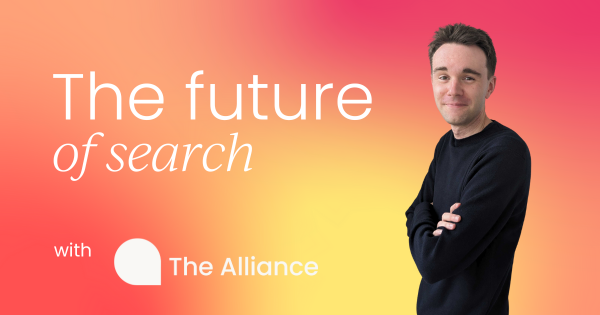
Generative AI introduces a radically different model. Unlike traditional search algorithms that rank content based on factors like SEO, pay-per-click advertising, and other monetary influences, generative AI seeks to synthesize information from a broad spectrum of sources to generate a singular, comprehensive answer.
Its methodology isn’t predicated on financial incentives but on analyzing and interpreting vast datasets to determine what it considers the most accurate response.
While it's acknowledged that generative AI's accuracy might currently hover around 60-70%, often resulting in amusing inaccuracies, the technology is rapidly evolving. Its potential to disrupt the traditional search model lies in its inherent design to improve over time through learning and adaptation.
As generative AI becomes more refined, we can anticipate a significant transformation in how search functions operate, moving away from advertiser-driven results to those grounded in a more objective analysis of available information. This shift not only promises to change how we discover and interact with content online but also has the potential to redefine our collective understanding of truth in the digital age.
The future of content creation with AI
As we delve deeper into the future of content creation, a pressing question emerges: With AI's capability to generate copy and images effortlessly, is there still a necessity for marketing agencies?
This debate brings to light a crucial consideration – the quality of output from AI is fundamentally tied to the quality of the input or brief it receives. Agencies often highlight the challenge of receiving clear, well-defined briefs from clients, a skill not universally mastered.
The essence of leveraging AI effectively in content creation hinges on our ability to ask the right questions. For instance, consider the challenge of briefing AI to replicate a moment captured in a photograph – a snapshot of the UK Prime Minister surrounded by journalists on a flight to Japan.
The photo, credited to photographer Stefan Rousseau, encapsulates a fleeting moment, rich in unsaid narratives and atmospheric tension. The complexity of such a moment, with its nuanced body language and composition, underscores the difficulty in replicating this through AI.
AI, by its nature, excels in mimicking and predicting based on existing data, but it struggles to create from scratch or capture the spontaneity and emotional depth found in such photos.
Yet, AI opens up new avenues for creative experimentation with existing imagery, such as playfully reimagining Vermeer's "Girl with a Pearl Earring" within modern advertisements. This kind of creative adaptation, free from copyright constraints, showcases the ease with which AI can bring new life to classical art for contemporary purposes.
Turning to text, the initial reaction from many copywriters to AI-generated content may have been one of relief, noting that the outputs resembled decent first drafts rather than polished, final pieces capable of rivaling human creativity.
However, when given a well-crafted brief and ample source material, AI can produce compelling content, showcasing AI's ability to maintain a clear and engaging tone but also emphasizing that the real creative force remains the human ability to conceptualize and articulate a compelling brief.
The dialogue surrounding AI in content creation often fluctuates between apprehension and optimism. As we navigate this, it becomes evident that the synergy between human creativity and AI's computational power will define the future of marketing.
AI's role isn’t to supplant human ingenuity but to enhance it, offering tools that can heighten our capacity for creativity and innovation. The key to unlocking AI's potential lies in our ability to harness its capabilities through thoughtful, well-constructed briefs that guide it to achieve our creative vision.
The human spark in AI-enhanced creativity
The significance of human creativity becomes even more apparent when we examine image creation, especially when underpinned by the influence of iconic brands like Coca-Cola.
Their approach to advertising, particularly with their "masterpiece ad," serves as a compelling illustration of how human creativity and AI can merge to produce extraordinary results.
Coca-Cola's approach
Coca-Cola's strategy went beyond simple image manipulation. What set their campaign apart was their decision to collaborate with individual creators with whom they had never worked before.
By granting these creators access to their brand assets and allowing them the freedom to experiment, Coca-Cola facilitated an environment where innovation could flourish.
This open approach not only resulted in more creative and innovative content than Coca-Cola might have achieved on its own but also enabled them to accelerate their marketing efforts significantly.
It's crucial to acknowledge that even in this AI-driven context, marketing agencies retained a vital role. However, the nature of their contribution evolved. Instead of being the sole creators, agencies shifted towards roles that emphasized collaboration and curation.
With AI tools capable of generating thousands of creative options, the expertise of agencies became indispensable in sifting through these possibilities to identify the ones that best aligned with the brand's vision and objectives.
This example underscores a fundamental truth about the intersection of AI and creative industries: While AI can expand the boundaries of what's possible, offering an unprecedented array of choices, the discernment to select the most compelling options remains a uniquely human skill.
The future of content creation, particularly in marketing, lies not in replacing human creativity with AI but in leveraging AI to augment and enhance that creativity. The success of campaigns like Coca-Cola's illustrates the potential of this synergy, where AI serves as a tool for creative exploration, and human judgment guides these explorations toward meaningful and impactful outcomes.
The impact of AI in marketing
While the transformative effect of AI on content creation captures much of the spotlight for its immediate "wow factor," it's essential to recognize the broader array of applications AI has within marketing. These applications, often more subtle, can be equally revolutionary and, in many cases, simpler to pilot.
According to research by McKinsey, the most impactful use cases for AI in marketing include lead generation, digital optimization, and the personalization of customer outreach.
Lead generation, with AI's ability to enhance scoring and identification, stands at the forefront. This is followed closely by digital optimization tactics such as search enhancements and A/B testing, and personalized outreach efforts through tools like chatbots and virtual assistants.
A common thread across these varied use cases is the role of analytics, underscoring AI's capability to dissect and leverage data in unprecedented ways.
Diageo
A case in point is Diageo's innovative approach to utilizing AI for optimizing their programmatic ad buying. By developing a quality score for their marketing assets, Diageo could tailor their content more effectively across different platforms, recognizing that what works on TikTok may not resonate on Facebook.
This strategy allowed them to pinpoint and address inefficiencies, leading to substantial improvements in media investment returns. Their AI-driven platform, which continuously analyzes and optimizes creative content, has led to significant cost reductions in digital ad views.
Procter & Gamble
Similarly, Procter & Gamble leveraged AI to enhance their media buying strategy, incorporating it with their vast database of consumer insights. Specifically, within their Pampers brand, they utilized first-party data and AI algorithms to identify precisely targeted consumer groups.
This integration of AI-enabled rapid content adjustments based on consumer feedback optimized their marketing efforts and achieved notable media cost savings.
Santander
Santander, in collaboration with their agency Loop, devised a method to conduct rapid testing of thousands of creative variations, including headlines, copy tags, and imagery.
By employing AI to evaluate these elements and identify the most effective ones, Santander dramatically reduced their market launch cycle from 11 weeks to just 11 minutes. This acceleration not only streamlined their marketing process but also empowered them to experiment with more audacious creative concepts.
By enabling safe testing environments for even the most unconventional ideas, AI facilitated a space where creativity could flourish without the traditional risks associated with big, bold marketing campaigns.
Wix
Another illustrative example comes from Wix, a company renowned for its DIY website building platform. Wix has been at the forefront of using AI to refine segmentation models, driving significant revenue growth.
Wix was recently celebrated for developing a machine learning model that integrates transactional data with search habits, browsing patterns, third-party data, and insights from social and display content interactions.
This model allowed Wix to construct a segmentation framework centered on customer intentions, such as undertaking a room renovation, and tailored content and product recommendations based on the user's expertise level – differentiating between novices and professionals. This precision in understanding and catering to customer needs has translated into over $7 million in incremental revenue.
These examples highlight the expansive potential of AI in marketing beyond the realm of content creation. AI's ability to delve deep into data analytics, enhance lead generation, and optimize digital strategies opens new avenues for brands to engage with their audiences more effectively.
By harnessing AI's capabilities, companies can not only create compelling content but also ensure that their marketing resources are utilized in the most efficient and impactful manner possible.
The impact of AI on marketing innovation
These company examples underscore the transformative potential of AI in marketing beyond the confines of content creation. AI's ability to facilitate rapid testing and enhance segmentation leads to more efficient market strategies and a deeper understanding of customer desires.
Not only that, the technology offers a counter-narrative to concerns about AI-induced homogeneity in creative output. When applied boldly, AI becomes a tool for risk mitigation, allowing brands to explore and experiment with innovative ideas without incurring significant financial or reputational costs.
As businesses continue to integrate AI into their marketing practices, the potential for personalized, dynamic, and effective marketing strategies becomes increasingly apparent, highlighting AI's role as a catalyst for creativity and revenue growth.
The integration of AI in marketing strategies isn't confined to a select few applications; its versatility allows for a wide array of uses across the entire marketing lifecycle. From initial market research to post-launch customer engagement, AI can significantly enhance efficiency, creativity, and insight.
Let’s look at some areas where AI can be particularly impactful:
Insights and customer research
Traditionally, market insights have been gleaned from in-depth analyses of individual reports. AI, however, can scan across multiple reports, identifying overarching themes and trends. This capability enables marketers to anticipate future movements and tailor their strategies accordingly, making AI an invaluable tool for predictive analytics.
Proposition development
AI's potential as a brainstorming partner is immense. It can offer visualization tools and introduce novel ideas from other industries, which might not have been considered otherwise. For those operating within regulated industries, AI can expediently ensure compliance across extensive datasets, streamlining the proposition development process.
Product development and launch
During the product build and launch phases, AI's ability to test against customer needs offers a direct line for ensuring product-market fit. AI can also aid in creative testing, enabling marketers to adopt bolder strategies with greater confidence.
Efficiency in media spending
AI's contribution extends to making media spending more efficient through improved lead generation, targeting, and lead scoring. By optimizing ad spend, businesses can achieve better results with the same or lower investment levels.
Enhancing customer experience
Post-acquisition, AI's role in bolstering customer experience becomes crucial. Chatbots and virtual assistants represent just the tip of the iceberg in terms of potential applications. AI can also ensure that customer communications are consistent in tone and brand experience, contributing to higher satisfaction and retention rates.
For those just beginning to explore the potential of AI in marketing, focusing on customer communications for consistency in brand experience can be an excellent starting point. This approach allows businesses to gradually familiarize themselves with AI's capabilities and integrate more sophisticated applications over time.
The broad applicability of AI across the marketing lifecycle shows its potential to revolutionize the field. From enhancing the precision of market insights to ensuring product-market fit and optimizing customer engagement strategies, AI offers tools that can transform challenges into opportunities.
As AI continues to evolve, its role in enabling more personalized, efficient, and innovative marketing strategies is likely to expand, making it an indispensable asset for marketers aiming to stay at the forefront of their industry.
Starting points and considerations
Embarking on integrating AI into your marketing efforts can initially seem daunting, but beginning with a focused approach can pave the way for significant advancements.
Here’s how you can start:
Identifying a starting point
The best place to start is often by identifying a specific problem you want to solve or an area you aim to improve. This approach ensures that your advancement into AI has a clear purpose and addresses a direct need within your organization.
Well-defined brief
Dedicating time to crafting a detailed brief is crucial. A well-thought-out brief that clearly outlines the desired outcomes can significantly influence the effectiveness of AI applications, whether it's for rapid customer testing, optimizing campaign data, or generating initial copy drafts.
Simple initiatives to begin with
For those new to AI, starting with manageable projects such as optimizing campaign data or automating the initial rounds of copy drafts can provide a practical entry point. These tasks allow you to witness firsthand how AI can streamline operations and enhance creative processes.
Cautionary measures and ethical considerations
While AI opens up a world of possibilities, it also brings its share of challenges and ethical considerations:
- Copyright and ownership: AI's ability to scan and utilize vast datasets raises concerns about copyright and data ownership. It's essential to implement safeguards to protect intellectual property and adhere to legal standards.
- Brand safety and customer data protection: Constructing proprietary platforms allows brands to create customized safety measures, not only for copyright concerns but also for ensuring brand safety and the integrity of customer data.
- Bias and representation: AI algorithms can inadvertently perpetuate biases, leading to skewed or unrepresentative outputs. Continuous oversight and human intervention are necessary to ensure diversity and fairness in AI-generated content.
Starting your AI journey in marketing by addressing a specific challenge and meticulously planning your approach can set a solid foundation for success. While the potential of AI to revolutionize marketing is great, navigating its complexities with an eye toward ethical use and representation is equally important.
By blending AI's capabilities with human insight and oversight, marketers can harness this powerful tool to create more targeted, efficient, and innovative marketing strategies, all while safeguarding brand integrity and fostering inclusivity.
Embracing AI in marketing: A future of opportunities
As we circle back to the initial question – is AI coming for my job? – it's usual to look at people’s initial thoughts regarding social media. The thought was that social media would monopolize marketing strategies, potentially taking away many jobs.
But instead, while social media is an essential part of the marketing toolkit, it now coexists with other roles and has opened up many new opportunities and roles within the field.
Similarly, AI is likely to follow a similar trajectory. Instead of displacing jobs, it’s anticipated to create many more opportunities, providing the marketing landscape with tools and strategies previously unimagined.
The key lies in maintaining the customer at the heart of your marketing efforts and identifying tangible problems that AI can address. Through this approach, AI becomes a helpful tool for marketers, rather than a job-focused threat.
AI invites a culture of collaboration and innovation, encouraging marketers to focus on the creative side of their jobs, while AI tackles the more repetitive tasks.. This dynamic environment enables marketers to create more engaging, effective, and personalized interactions.
As we look towards this future, it's clear that AI, much like social media before it, will redefine – rather than diminish – the importance of human ingenuity in marketing.






.png)


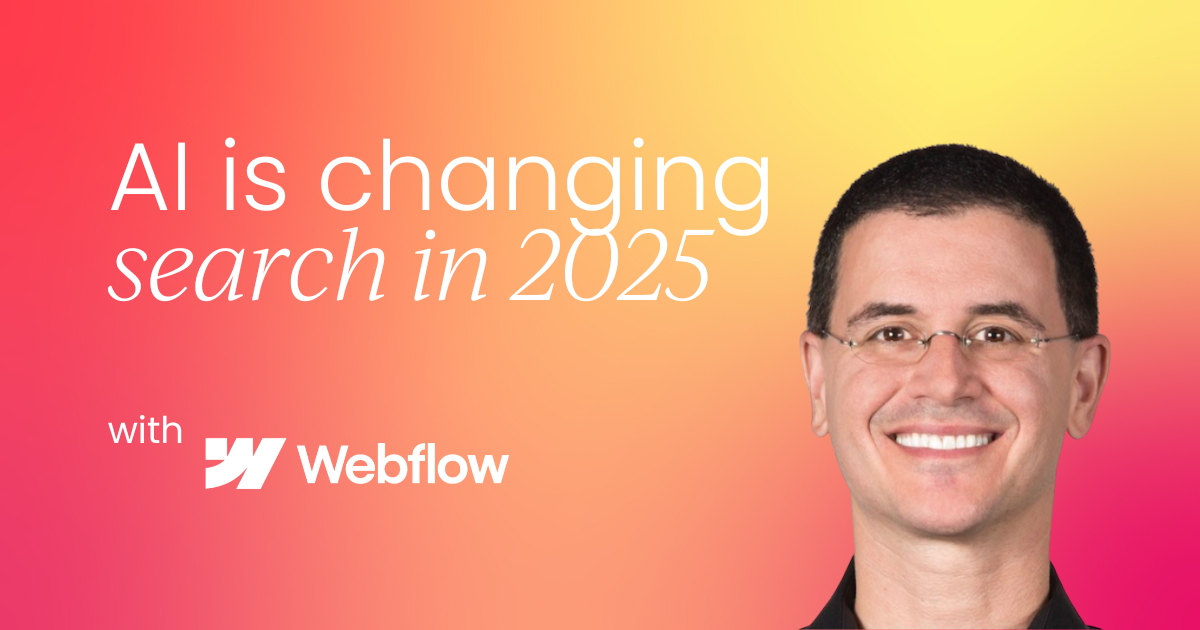
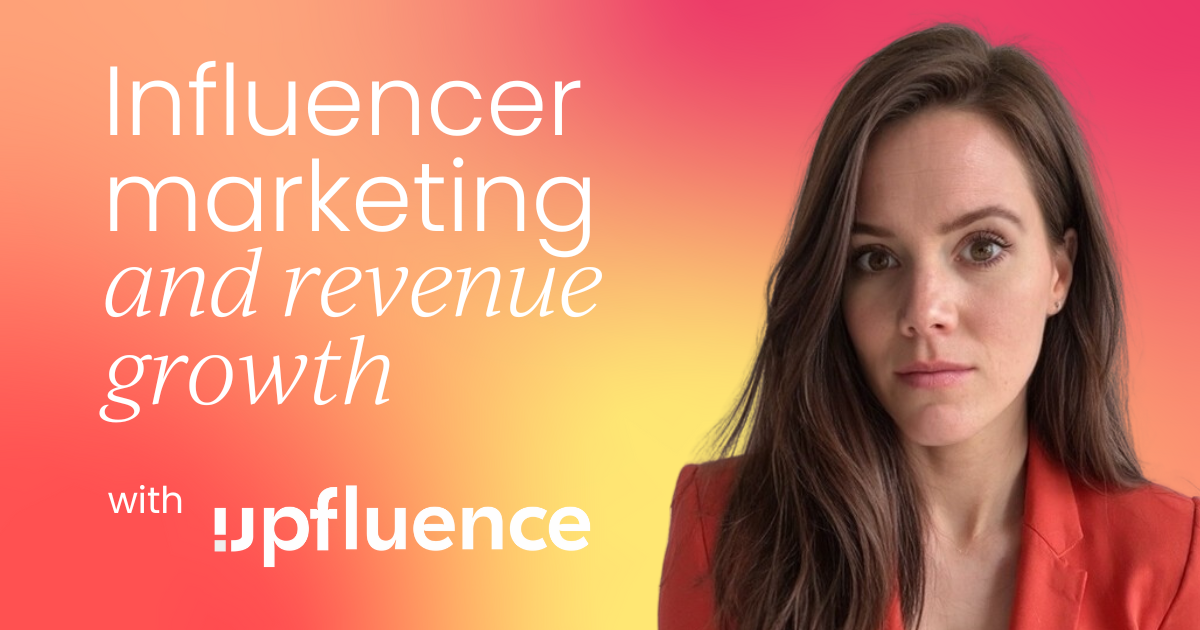
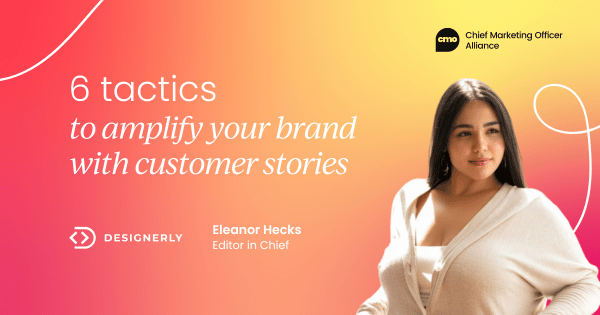




 Follow us on LinkedIn
Follow us on LinkedIn


